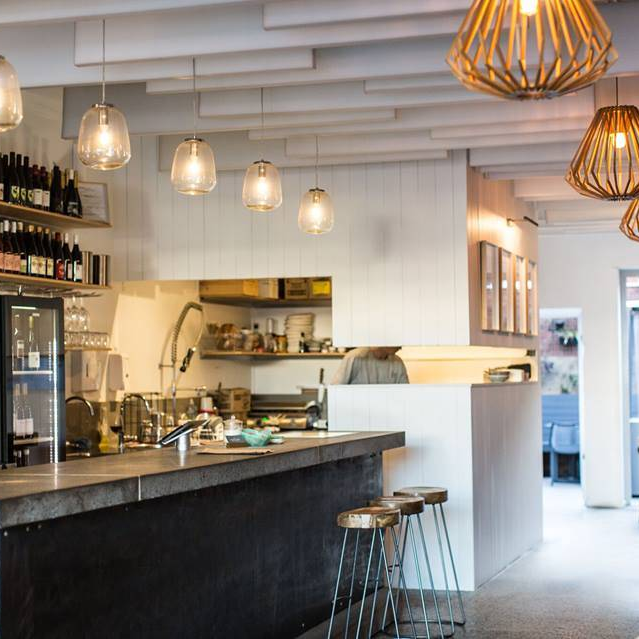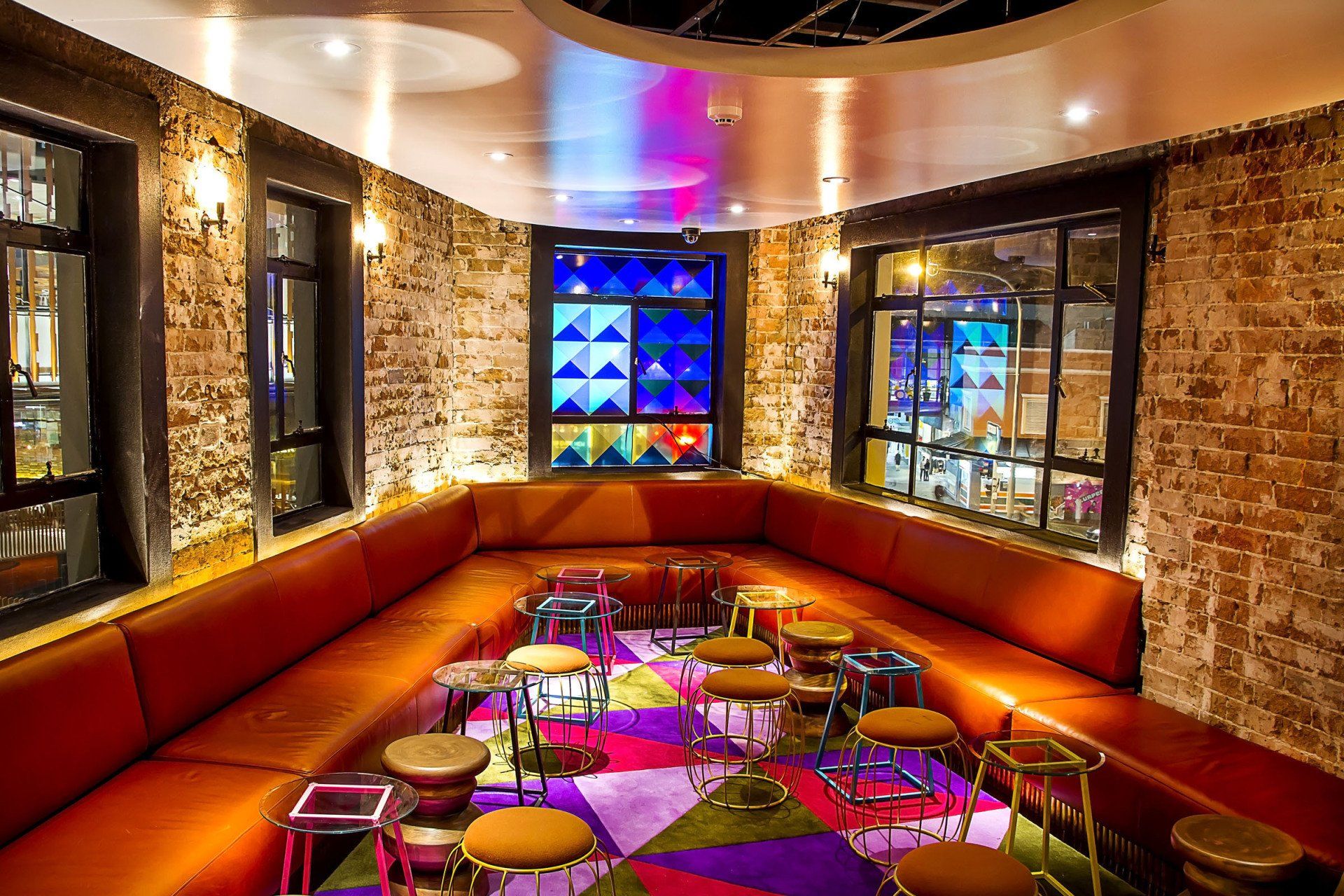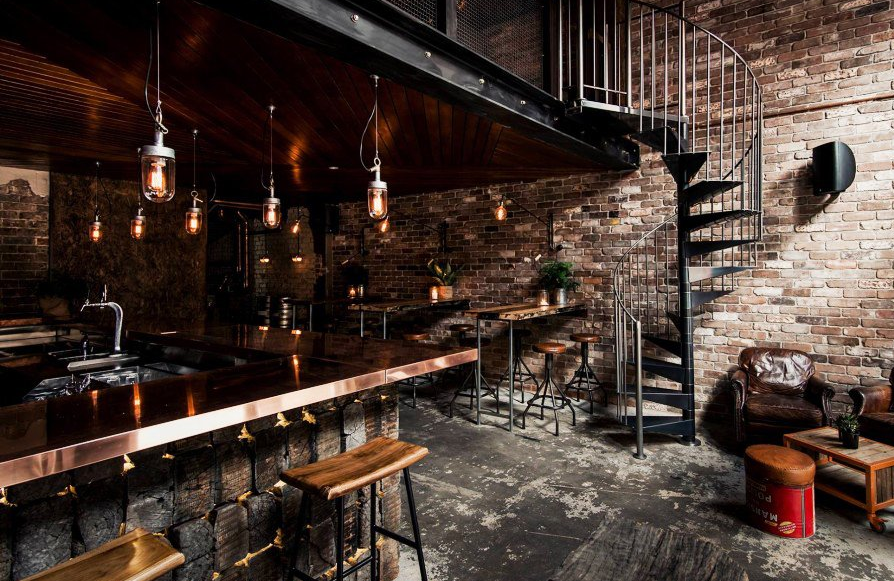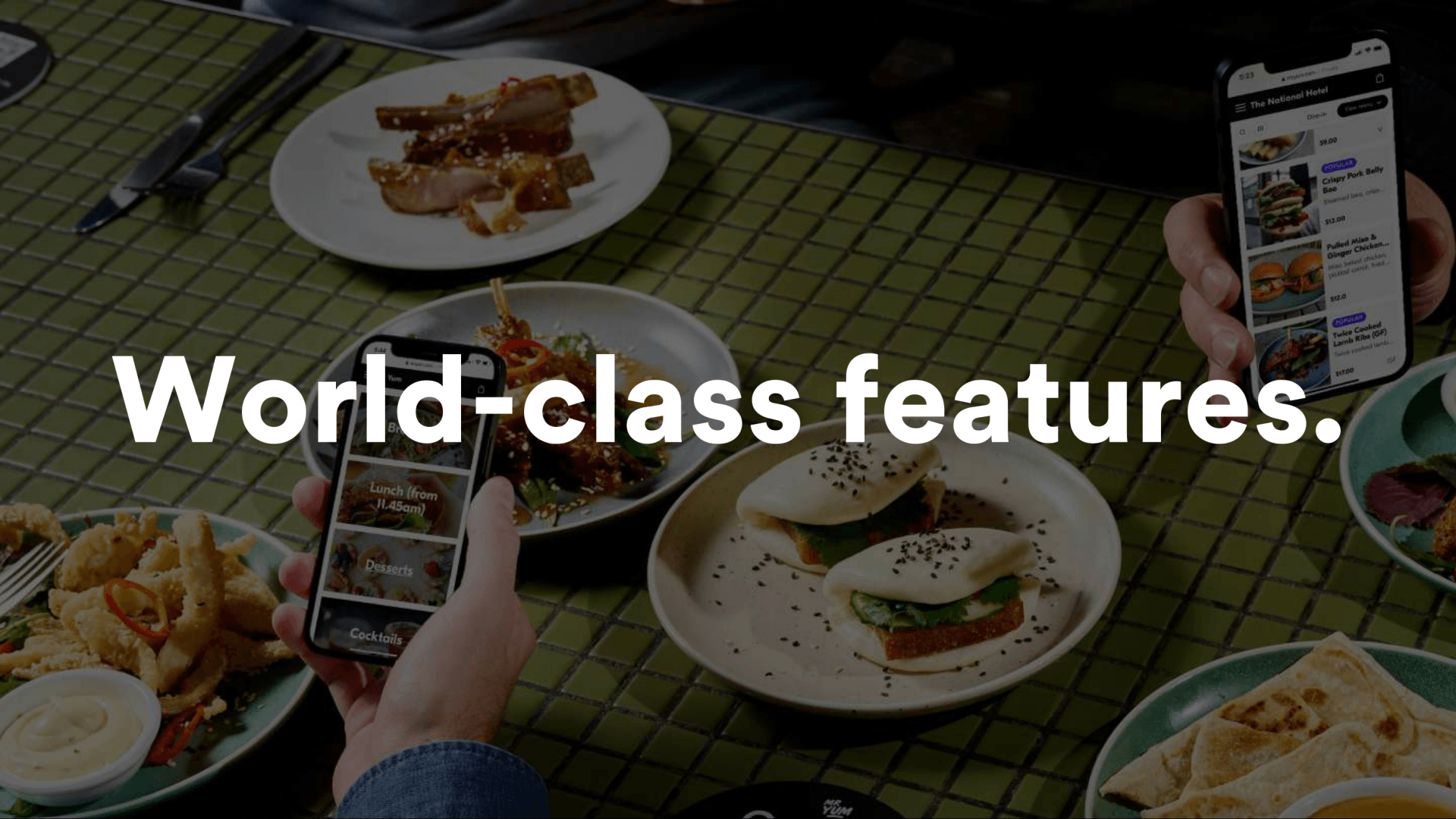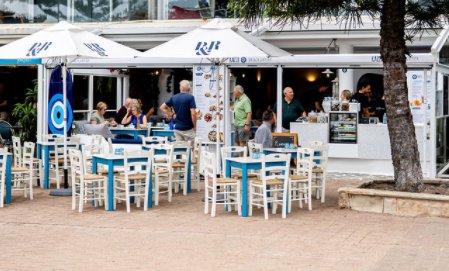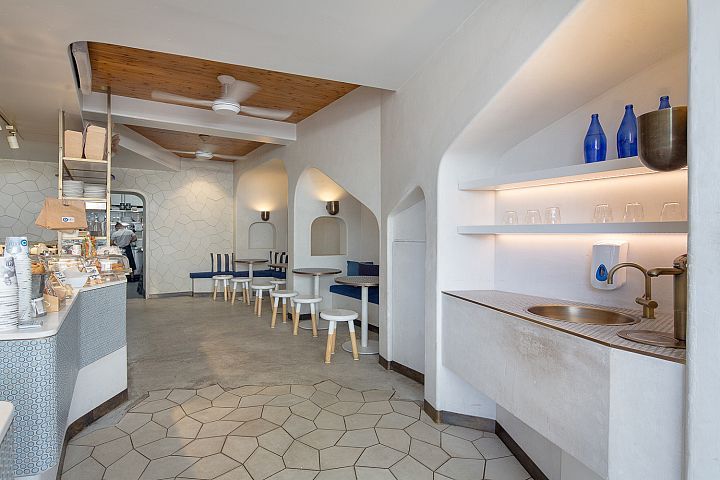Colour Your World: The Psychology of Café and Restaurant Design
In the bustling world of hospitality, the design of a café or restaurant is more than just aesthetics; it's a powerful tool that can significantly impact customer experience and overall business success. One of the most influential elements in interior design is color. The strategic use of colour can evoke specific emotions, create ambience, and drive customer engagement.
The Psychology of Colour in Interior Design
Colour psychology is a fascinating field that explores the impact of colour on human behaviour and emotions. In the context of café and restaurant design, understanding colour psychology can help you create spaces that are not only visually appealing but also psychologically stimulating.
Warm Colours: Warm colours like red, orange, and yellow are associated with energy, excitement, and appetite. They can be used to create a vibrant and energetic atmosphere, making them ideal for fast-casual dining establishments.
Cool Colours: Cool colours like blue, green, and purple are often associated with calmness, relaxation, and tranquility. They can be used to create a serene and soothing ambience, making them perfect for fine dining restaurants.
Neutral Colours: Neutral colours like white, black, and grey are versatile and can be used to create a variety of moods. They can be paired with accent colours to add visual interest and personality.
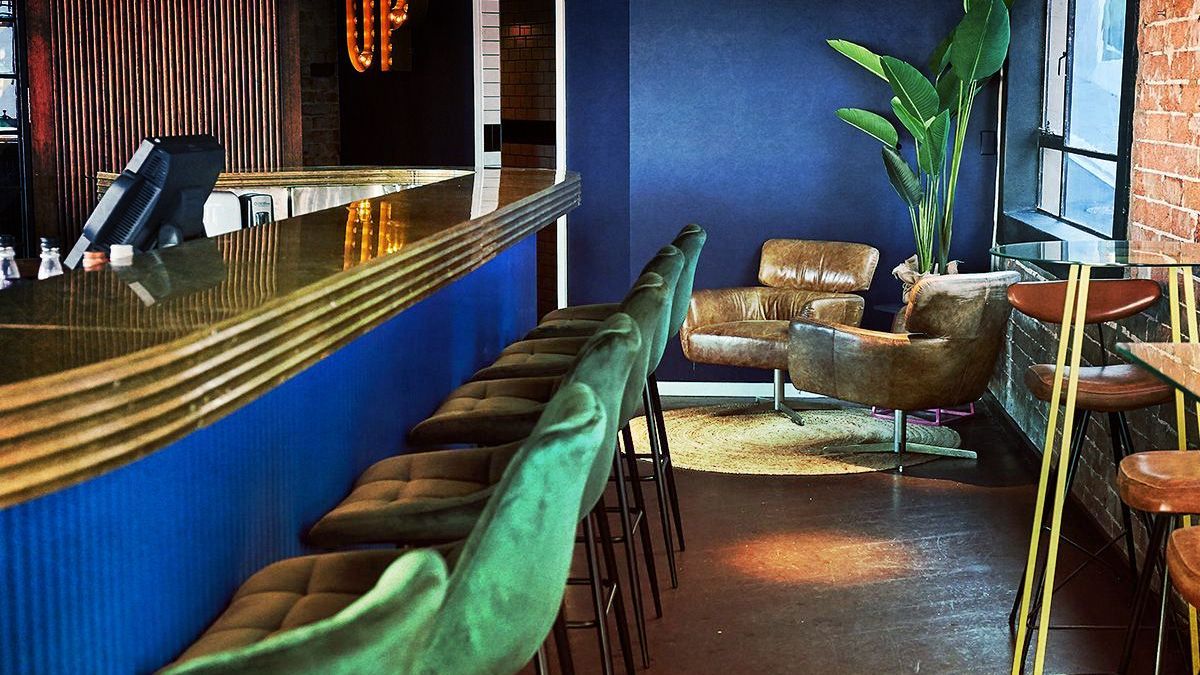
Key Elements Driving Customer Engagement
Beyond colour, several other elements contribute to customer engagement in a café or restaurant:
Seating Arrangement: The placement of seating can significantly impact the overall atmosphere of a space. Consider the following:
Intimate Seating: Booths and small tables are ideal for couples or small groups who want a more private dining experience.
Social Seating: Large communal tables encourage social interaction and are perfect for groups of friends or colleagues.
Flexible Seating: A mix of seating options can cater to different customer preferences and needs.
Coffee Machine Placement: The placement of the coffee machine can influence the flow of traffic and the overall efficiency of the space. Consider placing it in a visible location to attract customers and showcase the brewing process.
Entry Point: The entry point is the first impression a customer has of your establishment. Make sure it's inviting and well-lit. Consider adding a welcome sign or a visually appealing display to draw customers in.
The Importance of Interior Design Space
A well-designed interior space can enhance the overall dining experience. Here are some key factors to consider:
Functionality: The space should be designed to be functional and efficient. Consider the layout of the kitchen, the placement of storage areas, and the flow of traffic.
Aesthetics: The space should be visually appealing and reflect the brand's identity. Consider the use of color, texture, and lighting to create a desired atmosphere.
Comfort: Customers should feel comfortable and relaxed in the space. Pay attention to factors like seating, temperature, and noise levels.
By carefully considering these elements, you can create a café or restaurant that is both aesthetically pleasing and functionally efficient.
Emerging Trends in Café and Restaurant Design
The hospitality industry is constantly evolving, and so are the latest trends in interior design. Here are some of the emerging trends to watch out for:
Biophilic Design: Incorporating natural elements like plants, wood, and natural light can create a more calming and restorative environment.
Minimalist Design: A minimalist approach, characterised by clean lines, neutral colours, and simple furnishings, can create a sophisticated and timeless look.
Industrial Chic: This style combines raw materials like exposed brick and metal with modern furnishings to create a trendy and edgy atmosphere.
Vintage and Retro: Vintage-inspired design elements, such as retro furniture and vintage lighting, can create a nostalgic and charming ambience.
By staying up-to-date with the latest trends and incorporating them into your design, you can create a space that is both stylish and timeless.



